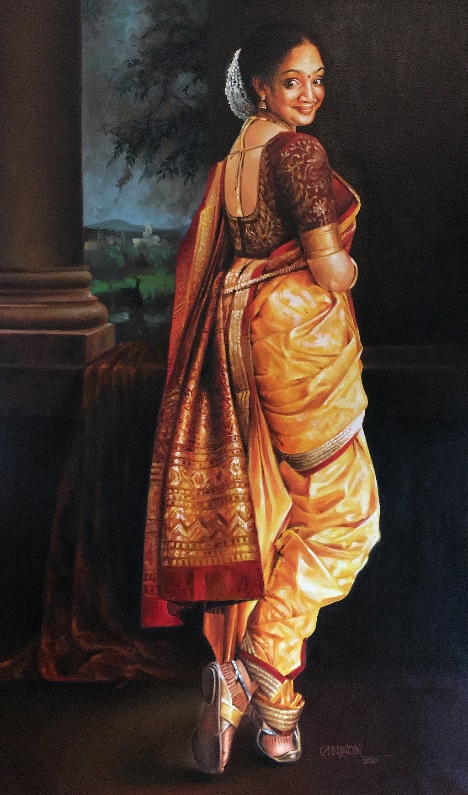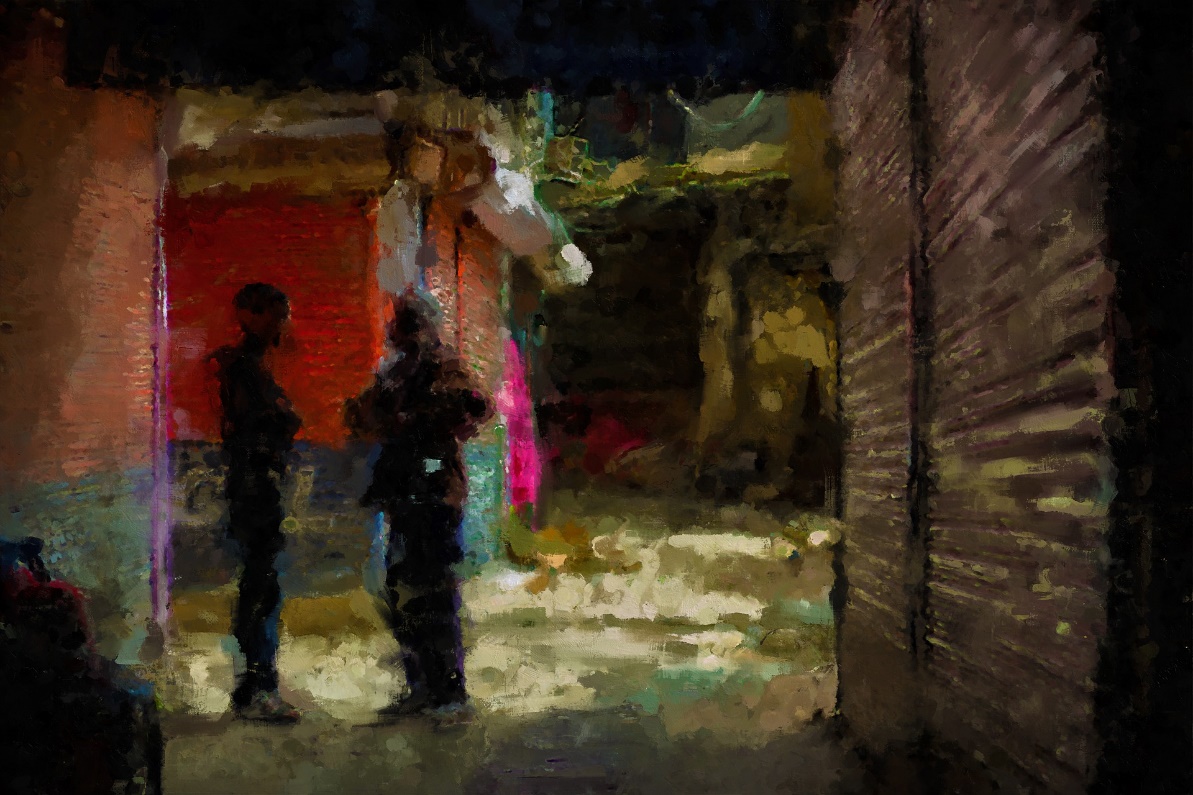Oil painting
In fine art painting, the term ‘Oil paint’ denotes a painting medium that consists ground-up coloured pigment suspended in a drying oil. A thinner is usually added to the viscous pigment-oil mixture to make it easier to apply with a brush. Within Western art history, this style of painting did not achieve widespread prominence and usage until the Van Eyck brothers developed oil paint by mixing nut, linseed, and turpentine oil with pigments in Northern Europe in the 15th century. Eventually oil painting swept through the rest of Europe, replacing fresco painting and egg tempera painting.
Oil painting’s appeal lies in its translucence which means you can use underpaintings and glazing to create deeper shadows and brighter highlights in your works. And moreover, the fact that oil paint takes a while to dry is an advantage for an artist to develop a painting gradually, make changes or corrections if necessary.
In Oil painting, there is a rule followed to avoid cracking of the painted layers. Fat over lean/Thick over thin – The more oil present, the “fatter” the paint is and the slower it will dry. In this way of painting the top layers of paint are thicker (those with more oil) than lower layers. Otherwise, the layers on top will dry faster than the layers below, resulting in cracks. This rule is only applicable to the traditional painting approach where it was painted layer on layer using glazes. The other popular oil painting techniques are Scumbling, Alla Prima (Wet on Wet), Glazing, Chiaroscuro, Impasto, Grisaille, Blocking In, Blending and Oiling Out.

